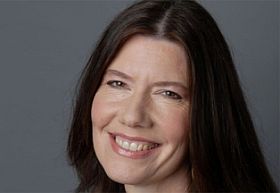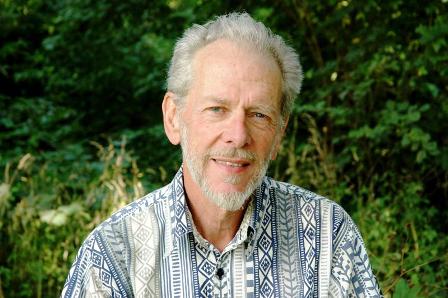


DOK Leipzig 2021
“At this year’s edition of DOK Leipzig, a total of 63,250 euros in prize money will be awarded. In addition, there are non-cash benefits worth 10,000 euros that filmmakers will be able to use in developing their films…”
A quote from today’s press release from the classic documentary and animation film festival in Leipzig. The 64th edition! A festival that I have loved to attend many many times, a couple of times as a juror and/or sitting in the marketplace’s always well organized video library or going to the cinema. And having a good glass of wine or a beer with the currywurst. This year the festival shows 170 films in the cinemas (October 25 – 31) followed by DOK Stream, 70 films as video on demand (November 1-14). And I will be online, alas.
A quick look into some of the sections with some name-dropping. There is a retrospective that is – as usual at this festival – serious and well curated historical. Here is the intro: “With the division of Germany, Hitler’s empire finally disappeared from the map. But in the new states, the old Germans lived on: perpetrators and onlookers of the mass murder of Europe’s Jews. For both the GDR and FRG, dealing with the Holocaust became a moral touchstone – a standard by which they measured themselves and their neighbour. We look at German-German alternating and counter views, at films about guilt, at images of “Jewishness” that show “Germanness”.” There are films by Heynowski, Farocki, Alain Resnais, Jean-Marie Straub..
In the international competition I will definitely look fwd. to watch the long awaited film by long time friend Diana El Jeiroudi, entitled “Republic of Silence”, 183 minutes,… “Diana, who lives in exile in Germany with her husband, sorts out: the recent history of Syria and its people, whom it has scattered to the four winds.”
And some films I will recommend from the 170: Stefan Pavlovic “Looking for Horses” (reviewed: http://www.filmkommentaren.dk/blog/blogpost/4948/), “The Balcony Movie” by Polish Pawel Lozinski, “Flee” by Danish Jonas Poher Rasmussen (http://www.filmkommentaren.dk/blog/blogpost/4890/)
, and from the same Danish production company Final Cut for Real “Our Memory Belongs to Us” by Rami Farah and Signe Byrge Sørensen. Pavlovic film is in the DocAlliance competition, the other three compete in Audience Competition for long films where the festival has decided (wisely I think) to have a jury from the audience, I guess to avoid the voting after each screening on paper to be collected and counted.
And then an homage to Avi Mograbi with the title “Secret Agent Avi”, haha, not funny honey and why only three of this master in modern documentary?
And if I may continue my light-grumpy mood… why are there no films from any of the Baltic countries or Russia? DOK Leipzig has always been looking to the East including films from USSR & now Russia. No correspondents any longer?
… not to forget, DOK Leipzig has a fine industry section, makes a priority out of having good talks and Q&A’s and a special DOK Neuland exhibition that you who go should visit.

